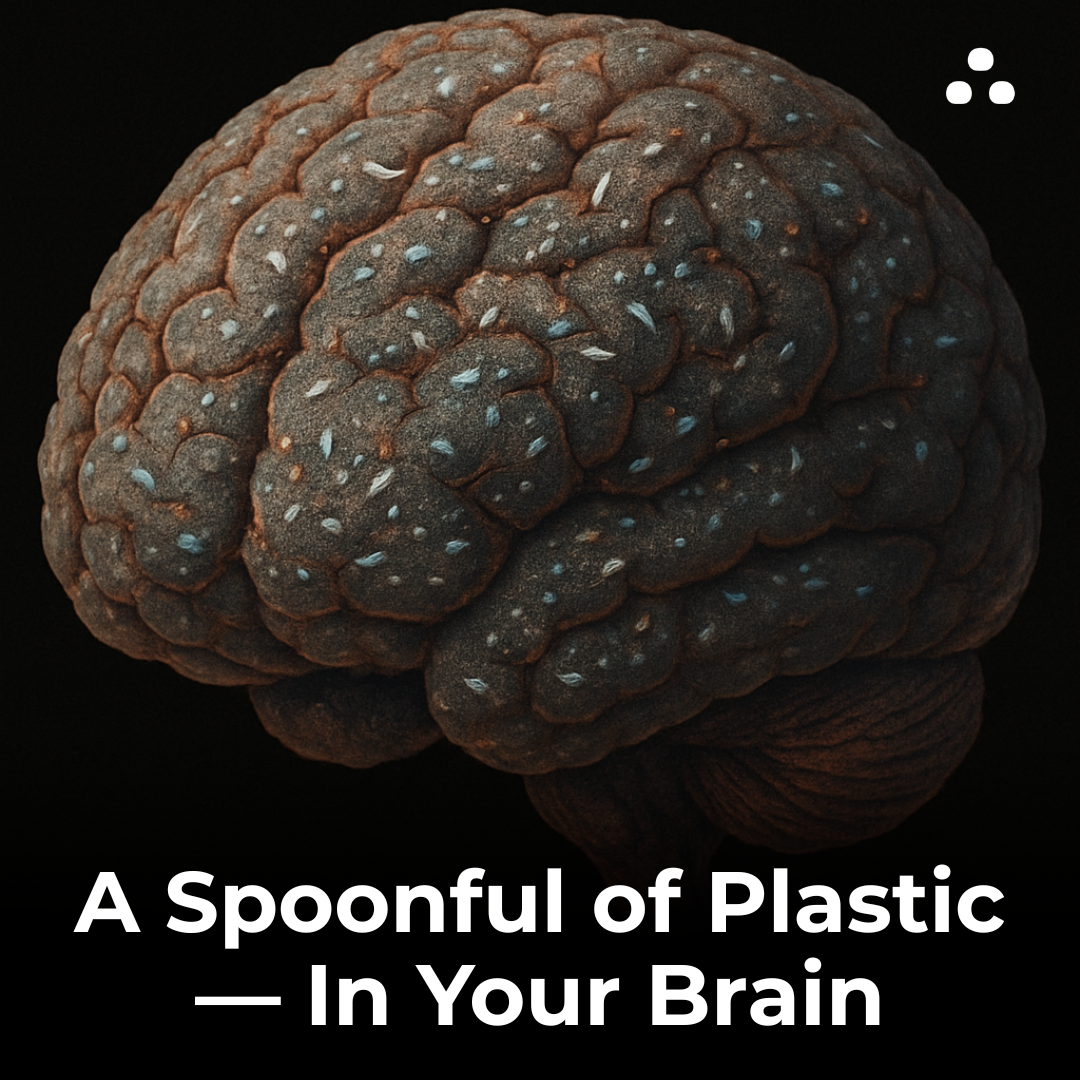Which material was found in human brain tissue in large amounts?

Microplastic has officially invaded the human mind — literally.
Researchers from the University of New Mexico have found disturbing amounts of microplastic particles in human brain and liver tissues collected from people who died between 2016 and 2024. The numbers are shocking: average microplastic concentration in brain tissue increased from 465 μg/g in 2016 to 4763 μg/g in 2024 — more than a tenfold jump.
In some cases, the amount of plastic found in a single brain equaled an entire spoonful.
Worse still, those who had suffered from dementia during life were found to have 3 to 5 times more microplastics than healthy individuals — though a causal link hasn’t been proven.
Particles were as small as 200 nanometers, making it easy for them to cross the blood–brain barrier and accumulate in vessels and immune cells. Scientists aren’t yet sure what damage this causes long term — but they recommend caution: avoid plastic bottles, microwaving food in plastic, and even tea bags made of plastic fiber.
What once seemed harmless is now inside us — and inside our minds.



